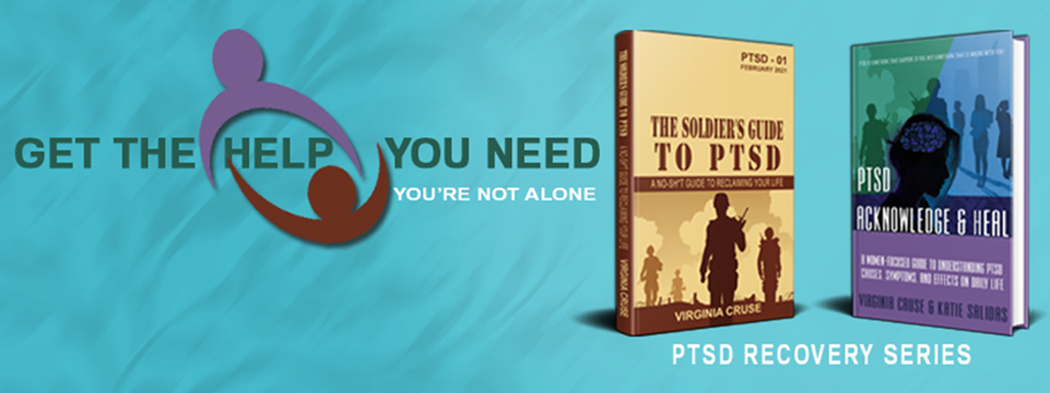When it comes to PTSD, we have decades of research to show us what works, and those are Evidence-based treatments (EBTs).
EBTs are based on peer-reviewed scientific evidence. This means that researchers have conducted rigorous studies using scientific methods, documented their extensive research in peer-reviewed publications (such as medical journals), and then other researchers conduct additional scientific studies to see if the treatment is, in fact, successful.
There are several treatment methods for PTSD that have been proven to work and researchers are refining treatments every day. For the purposes of this introduction, I am going to focus on what is very widely available at most VA clinics, military treatment facilities, and in private practices across the U.S.
*****
“If you believe change is possible, you want to change, and you are willing to do the work, you absolutely CAN get your life back.”
Get your copy of The Soldier's Guide to PTSD, The Soldier's Workbook,


